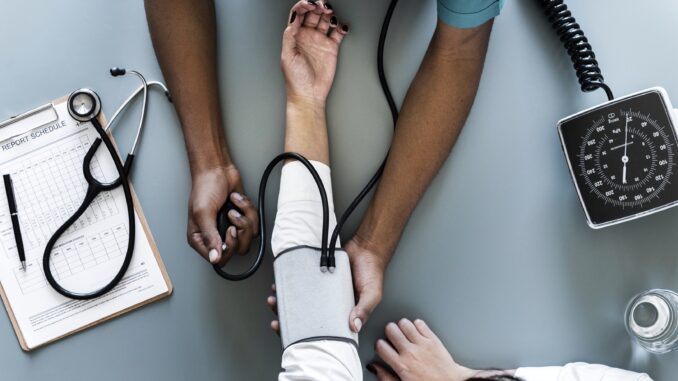
High blood pressure, or hypertension, is a prevalent health condition affecting millions worldwide. It is often called the “silent killer” due to its tendency to progress silently without apparent symptoms. However, this lack of noticeable signs can deceive individuals into underestimating its seriousness. This article will explore the silent symptoms of high blood pressure, the potential risks involved, and the importance of early detection and management.
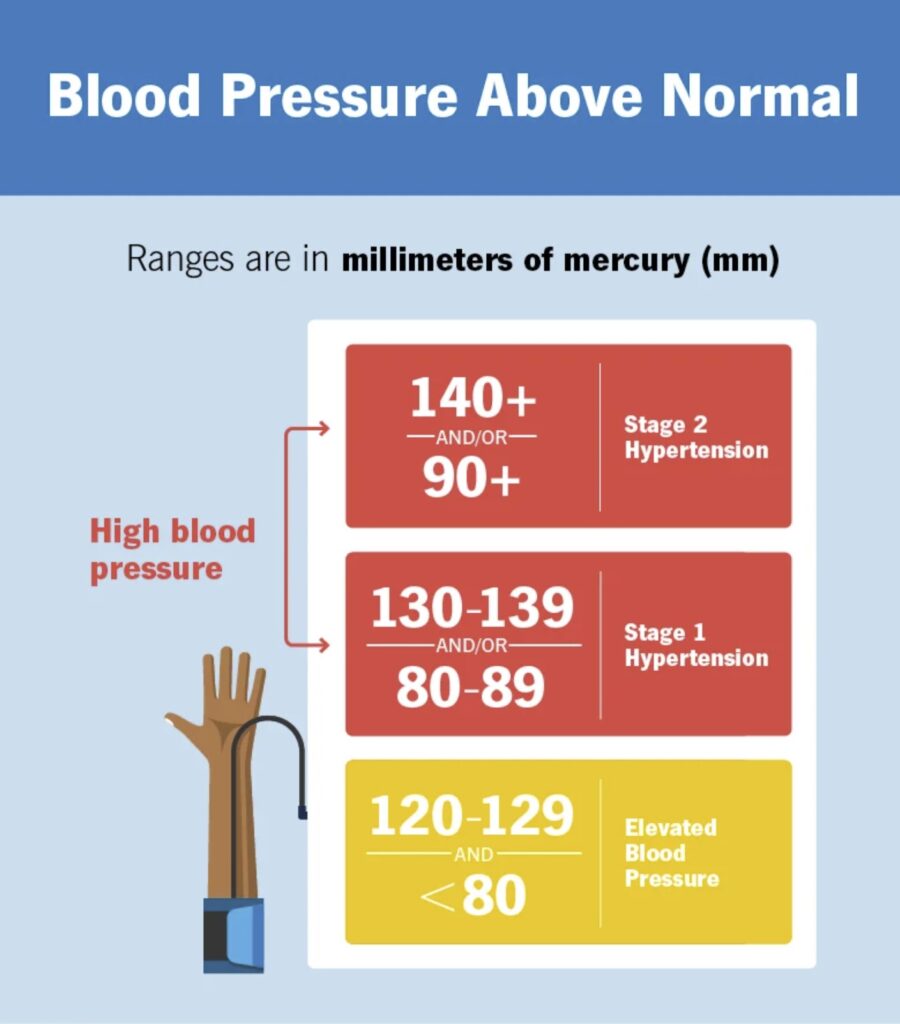
Understanding High Blood Pressure:
High blood pressure occurs when the force of blood against the walls of the arteries is consistently too high. It is typically measured using systolic pressure (the top number) and diastolic pressure (the bottom number). A 120/80 mmHg reading is normal, while anything above 140/90 mmHg signifies hypertension. This condition strains the heart, arteries, and other vital organs, increasing the risk of severe health complications, including heart attacks, strokes, and kidney disease.
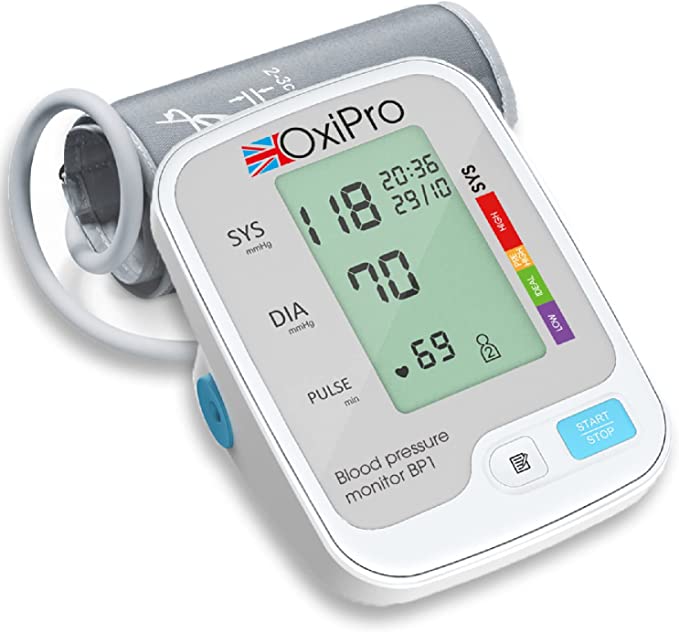
The Silent Nature of High Blood Pressure:
One of the most alarming aspects of high blood pressure is its silent nature. Unlike many other health conditions that manifest through obvious symptoms, such as pain or discomfort, hypertension typically progresses without apparent signs. Individuals can live for years with undiagnosed high blood pressure while experiencing damage to their blood vessels, heart, and other organs. Consequently, many people remain unaware of their condition until a severe cardiovascular event or routine screening reveals their elevated blood pressure levels.

Identifying Silent Symptoms:
Although high blood pressure may be asymptomatic for extended periods, subtle signs can indicate its presence. These silent symptoms can include frequent headaches, dizziness, nosebleeds, shortness of breath, or a pounding sensation in the chest. However, these manifestations are often overlooked or attributed to other causes, leading individuals to dismiss them as unrelated. Consequently, routine blood pressure checks and periodic medical examinations become vital for detecting hypertension in its early stages.
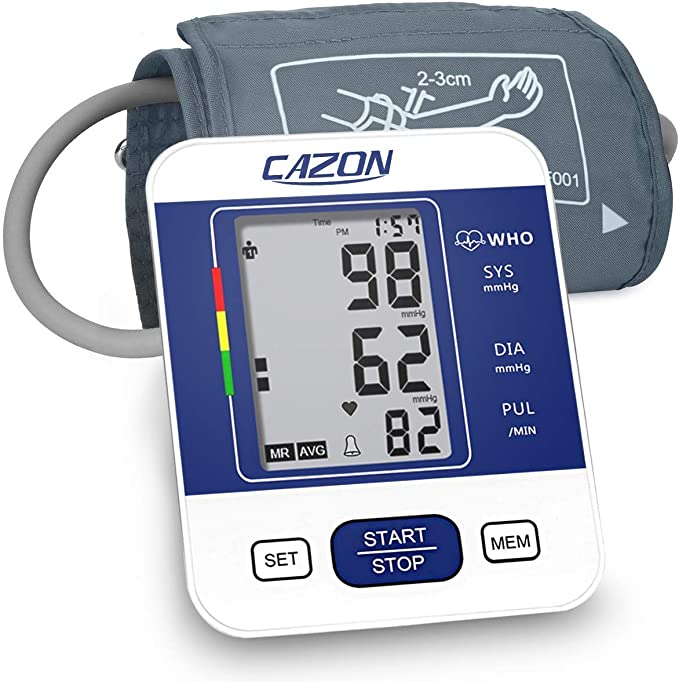
The Dangers of Undiagnosed High Blood Pressure:
Neglecting to address high blood pressure can have severe consequences. Over time, the excessive force exerted on the arterial walls can lead to the development of atherosclerosis, a condition characterised by the buildup of fatty deposits and plaque. This process narrows the arteries and reduces blood flow, increasing the risk of heart attacks, strokes, and other cardiovascular complications. Furthermore, untreated hypertension can also lead to kidney damage, vision problems, and cognitive decline.
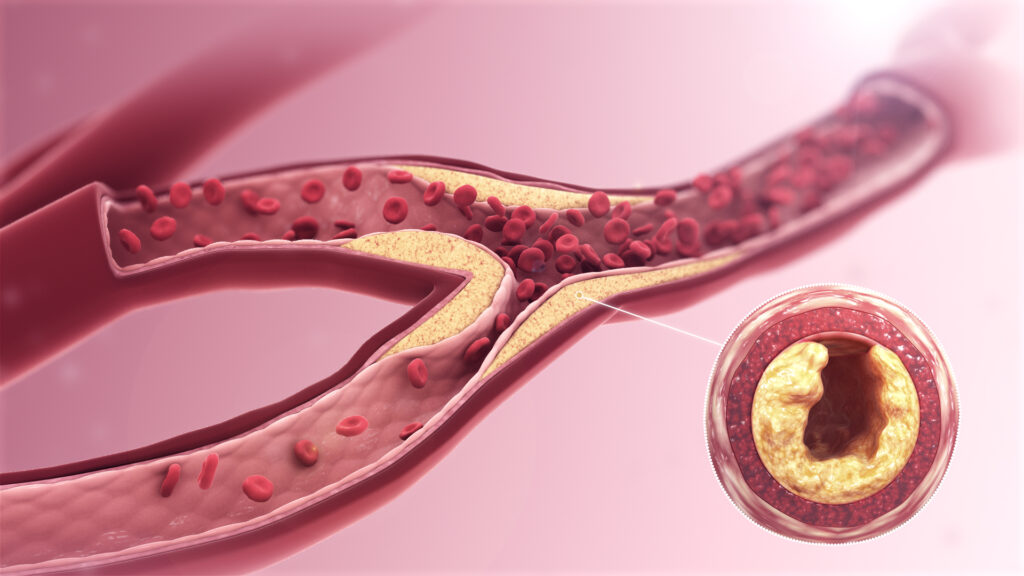
The Importance of Early Detection and Management:
Given the silent nature of high blood pressure, early detection is crucial for effective management. Regular blood pressure screenings should be part of routine medical care, especially for individuals with risk factors such as obesity, a sedentary lifestyle, a family history of hypertension, or certain medical conditions like diabetes. Lifestyle modifications, including a balanced diet, regular exercise, stress management, and limited alcohol consumption, can significantly lower blood pressure. In some cases, medication may be necessary to control hypertension.
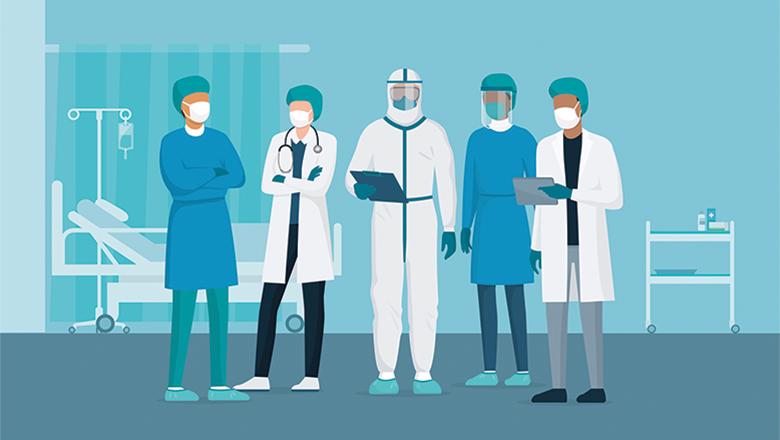
High blood pressure is a condition that often proceeds silently, hiding behind the absence of apparent symptoms. This deceptive nature makes it imperative for individuals to prioritise regular check-ups, blood pressure monitoring, and healthy lifestyle choices. By actively addressing this silent killer, we can reduce the risks associated with hypertension, protect our cardiovascular health, and improve overall well-being. Remember, prevention and early intervention are critical in the battle against high blood pressure, ensuring a healthier future for all.



Be the first to comment